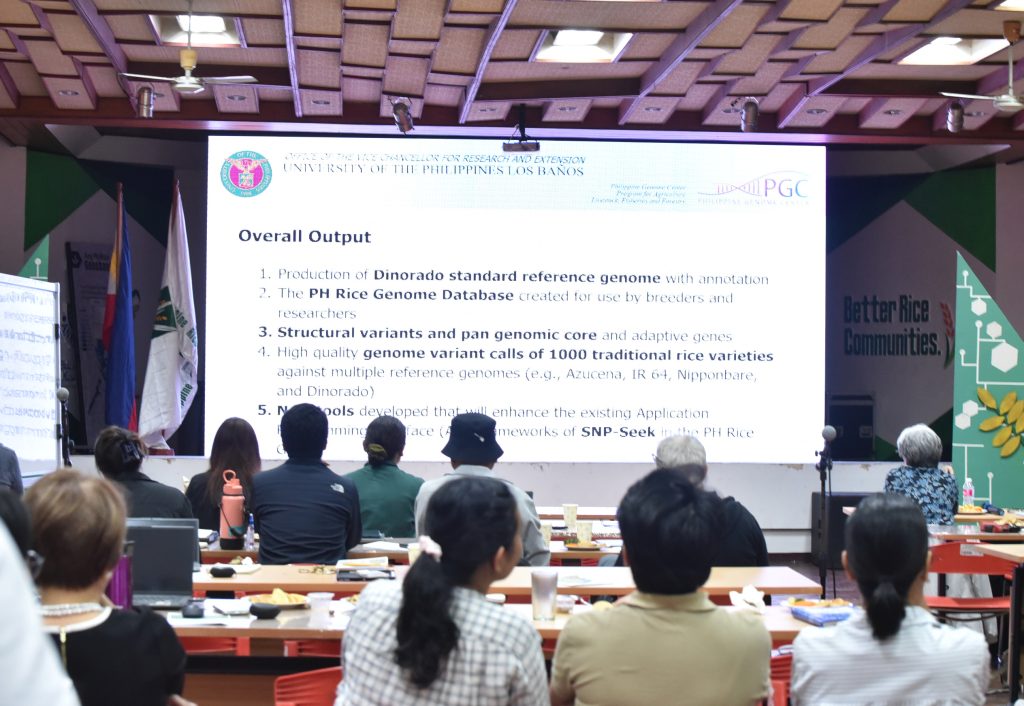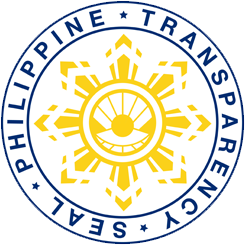
A science-led initiative to decode the genomes of 1,001 Philippine traditional rice varieties (TRVs) has been launched, backed by the Department of Agriculture’s National Rice Program (DA-NRP) and Department of Science and Technology’s Philippine Council for Agriculture, Aquatic and Natural Resources Research and Development (DOST-PCAARRD).
The project called 1k1RG (1,001 PH Rice Genome Project) seeks to improve the productivity and climate resilience of heirloom rice while preserving traits valued for their cultural, economic, and culinary significance.
In a convergence workshop held on April 3 in Science City of Muñoz, Nueva Ecija, researchers discussed strategies to integrate field data with genomic analyses—combining efforts in phenotyping, genetic mapping, whole genome sequencing, and bioinformatics to discover novel gene sources from heirloom varieties and fast-track breeding of climate-smart and nutritious rice varieties.
Implementers also reported that more than 20% of TRVs are currently being studied to identify early-maturing varieties, herbicide tolerance, and germination rate under wet conditions. The nutritional content of the varieties is also being examined.
The Philippine Rice Research Institute (PhilRice) and the University of the Philippines Los Banos (UPLB) will look at the varieties’ maturity, herbicide tolerance, germination rate in flooded conditions, and nutritional value. This includes measuring the zinc and iron in white rice, checking for low levels of a compound called phytic acid in brown rice, and analyzing the high-quality proteins and specific minerals in white rice.
Dinorado, a Philippine traditional variety known for its fragrance and soft texture, has been selected as the reference genome for sequencing efforts. Unlike common white rice, Dinorado has a red pericarp and is classified as red rice, which turns pinkish in color after milling.
Heirloom rice varieties in the Philippines are often prized for their flavor and heritage but lag behind modern varieties in yield, disease resistance, and maturity rate—factors that hinder food security and farmers’ income. Researchers hope the use of whole genome sequencing will unlock genes that could address these limitations.
“Many of our traditional varieties are treasured but underutilized due to their production constraints. This effort aims to harness their unique genetic potential for future-ready rice farming,” Dr. Loida M. Perez, project lead at PhilRice, said.
The project is implemented in partnership with the UP System – Philippine Genome Center, International Rice Research Institute, and New York University and support from the Philippine American Academy of Science and Engineering.
The project is composed of the DA-NRP-funded “Traditional Rice Phenotypes and Trait Genetics Mapping” led by PhilRice and the DOST-PCAARRD-funded “Mining the Diversity of Philippine Traditional Rice Varieties through Whole Genome Sequencing” led by UPLB.




